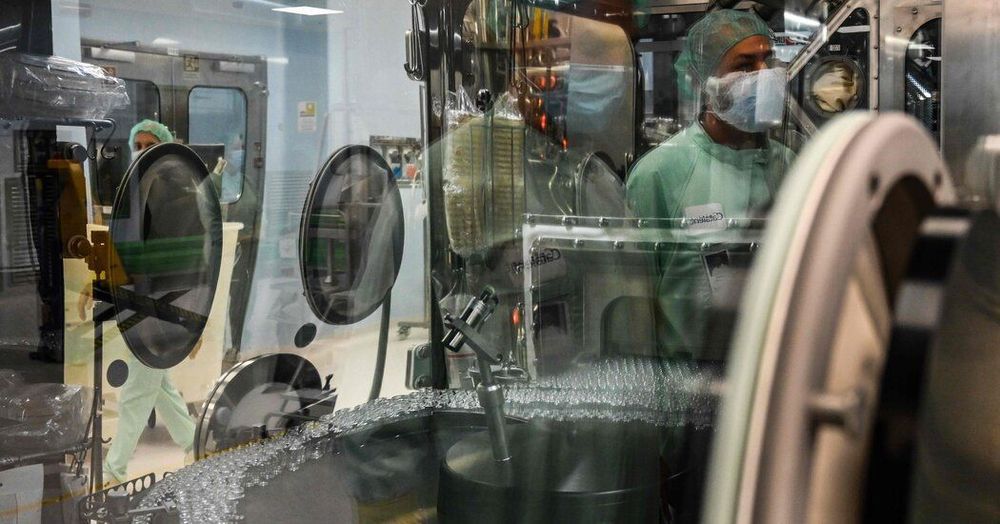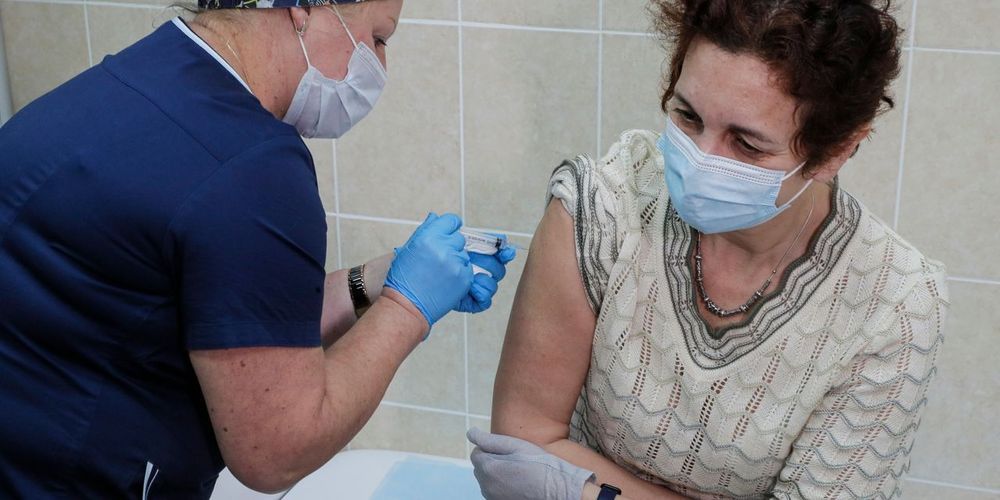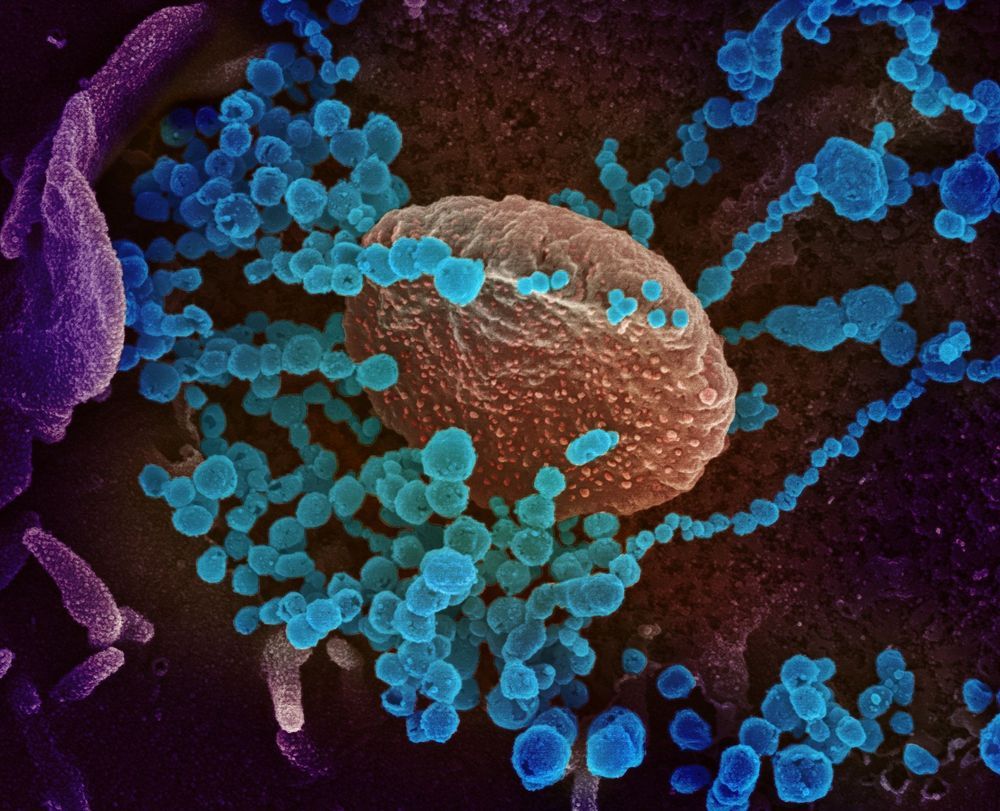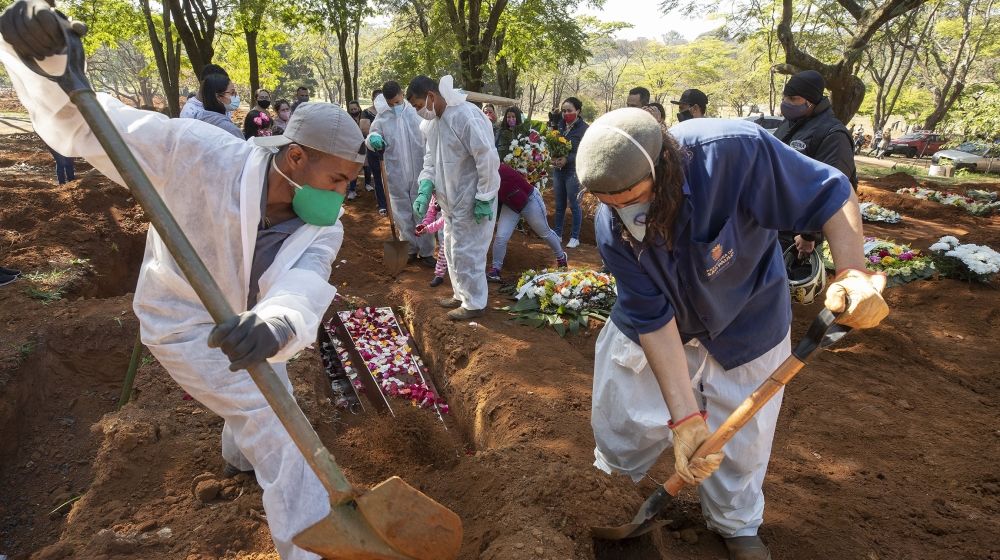Gene sequencing company Illumina will pay $8 billion in cash and stock to buy cancer screening startup Grail, the companies said.


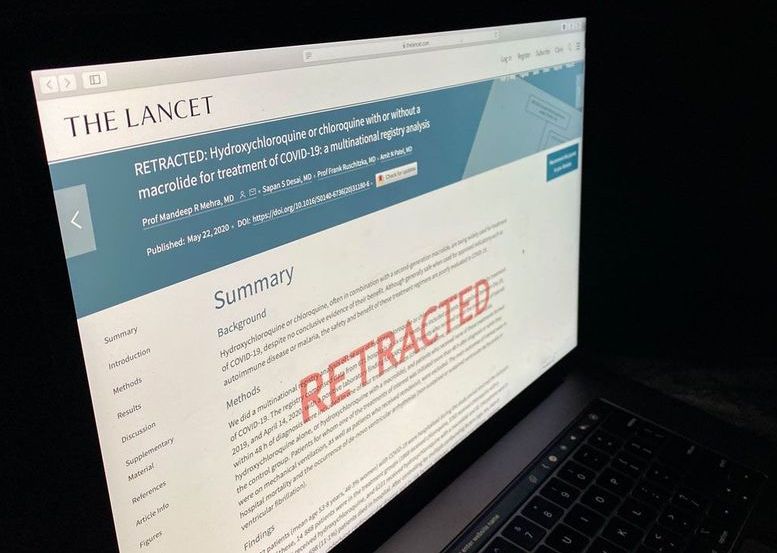

Kontrol Energy Corporation, a Canadian public Company, has launched BioCloud – an unobtrusive, wall-mounted technology which detects the presence of COVID-19 in the air. This can trigger an alert system giving real time notifications of the pathogen’s presence to facility managers, allowing outbreaks to be contained before they occur.
This represents a game changer in the fight against COVID-19, according to Kontrol. Immediate applications include schools, hospitals, long term care facilities and mass transit vehicles such as planes, trains and buses.
“There is a critical need for technology that can provide us with assurances that the workplaces, schools, healthcare environments and other spaces we physically occupy are safe and free of infectious disease. Today, we have that in BioCloud,” said Paul Ghezzi, Chief Executive Officer of Kontrol. “Our team has been working day and night since the onset of the pandemic to bring this exciting technology to market. It will be an invaluable tool to enhance the existing system of individual testing and contact tracing.”


Recommending content, powering chatbots, trading stocks, detecting medical conditions, and driving cars. These are only a small handful of the most well-known uses of artificial intelligence, yet there is one that, despite being on the margins for much of AI’s recent history, is now threatening to grow significantly in prominence. This is AI’s ability to classify and rank people, to separate them according to whether they’re “good” or “bad” in relation to certain purposes.
At the moment, Western civilization hasn’t reached the point where AI-based systems are used en masse to categorize us according to whether we’re likely to be “good” employees, “good” customers, “good” dates and “good” citizens. Nonetheless, all available indicators suggest that we’re moving in this direction, and that this is regardless of whether Western nations consciously decide to construct the kinds of social credit system currently being developed by China.
This risk was highlighted at the end of September, when it emerged that an AI-powered system was being used to screen job candidates in the U.K. for the first time. Developed by the U.S.-based HireVue, it harnesses machine learning to evaluate the facial expressions, language and tone of voice of job applicants, who are filmed via smartphone or laptop and quizzed with an identical set of interview questions. HireVue’s platform then filters out the “best” applicants by comparing the 25,000 pieces of data taken from each applicant’s video against those collected from the interviews of existing “model” employees.
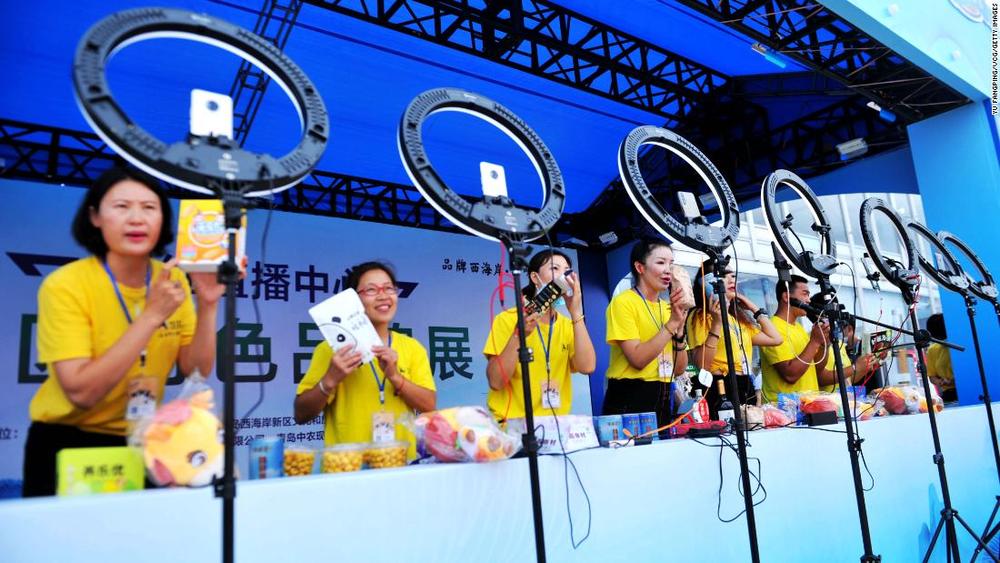
Hu is part of a rising class of creators in China who are racing to get in on live-stream shopping, an emerging form of retail that has grown into an industry worth an estimated $66 billion. Although the trend has been part of Chinese internet culture for years, analysts say the coronavirus pandemic has made it mainstream.
A rising class of creators in China are racing to get in on live-stream shopping, an emerging form of retail that has become an estimated $66 billion industry.
